The Handmaid’s tale as a TV show is apparently a big deal. I don’t know about that. I really liked the book when I read it a few years ago, but I dreaded it being made for TV and haven’t checked the show out. Anyway, because the show is a big deal, I see lots of references to it on Facebook. Here’s one that stood out:
Better never means better for everyone. It always means worse for some.
The line is from the book, and it made it into the show, too. Of course it did.
The sentiment is very, very far from unique. In fact, it’s pretty close to universal among the left-wing of American politics. It’s actually pretty common on the right, too, since it’s more about populism than it is about left/right ideology. It crops up all the time. Just as one more example, here’s another left-leaning author in another overtly ideological (but not nearly as aesthetically accomplished) book:
“Everybody’s history is one long slog of all the horrible shit we’ve done to each other.”
“It’s not all that,” Tak said. “A lot of it, yes, but there’s good things, too. There’s art, and cities, and science. All the things we’ve discovered. All the things we’ve learned and made better.”
“All the things made better for some people. Nobody has ever figured out how to make things better for everybody.”
“I know,” Tak said.
So, that’s one theory of human existence: in all of our history (and for hundreds of years into our imagined future) progress for everyone is impossible.
On the other hand, here’s the reality:
The chart comes from Our World in Data’s article on extreme poverty.
I understand the idea of living in a fantasy world if the fantasy is better than reality. I can even understand extending this wishful thinking to fantasies that don’t actually seem very nice. That’s what conspiracy theories are all about, after all. Some people would rather believe in a world where things happen for a reason (and that reason is the Illuminati) rather than believe in a world where things are pretty random and chaotic because the Illuminati running everything is less scary than nobody running anything. OK. Not my cup of tea, but OK.
What I don’t understand is choosing to live in fantasy world that is so much grimmer than reality for no discernible benefit.
Which makes you wonder: what motivates this belief–contradicted by all available evidence–that universal improvement is impossible?
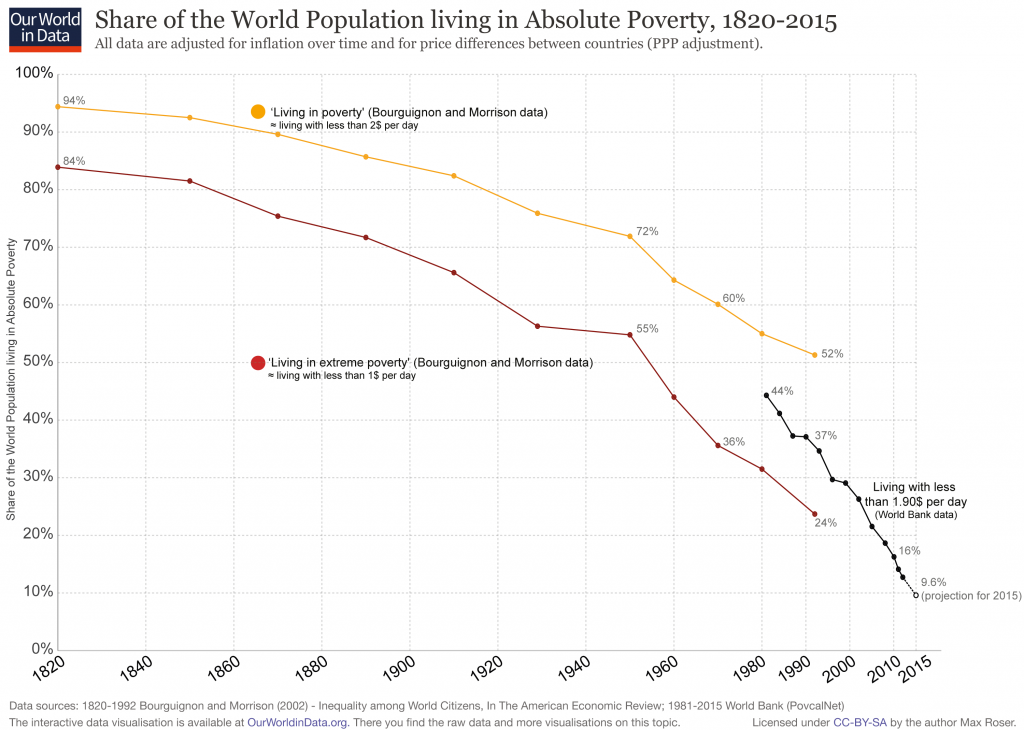

 Well, this should be obvious, but it still stings. I’ve experienced an
Well, this should be obvious, but it still stings. I’ve experienced an 



 A couple months ago, I gave a talk on “
A couple months ago, I gave a talk on “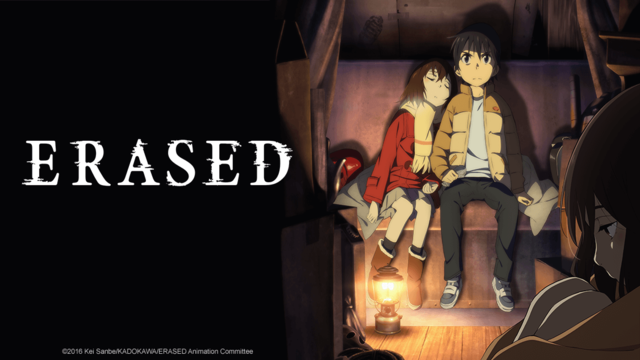
 The story follows Satoru, a 29-year-old loner who experiences what he calls “Revival”: jumps backward in time–signaled by a mystic blue butterfly–moments before deadly events occur. These “revivals” are usually only about 1-5 minutes. However, when his mother (a former journalist) digs up an old kidnapping case and is herself murdered by the kidnapper, Satoru’s revival takes him back 18 years to grade school prior to the original kidnappings that set all of the story’s events in motion. As a child with the memories of his 29-year-old self, Satoru seeks to befriend the kids that would eventually end up as victims in an attempt to save them and catch the killer. While the series is wracked with tension from the unfolding murder mystery, the emotional resonance is particularly potent as the show delves into the subjects of loneliness, abuse, and finding joy in the relationships we create.
The story follows Satoru, a 29-year-old loner who experiences what he calls “Revival”: jumps backward in time–signaled by a mystic blue butterfly–moments before deadly events occur. These “revivals” are usually only about 1-5 minutes. However, when his mother (a former journalist) digs up an old kidnapping case and is herself murdered by the kidnapper, Satoru’s revival takes him back 18 years to grade school prior to the original kidnappings that set all of the story’s events in motion. As a child with the memories of his 29-year-old self, Satoru seeks to befriend the kids that would eventually end up as victims in an attempt to save them and catch the killer. While the series is wracked with tension from the unfolding murder mystery, the emotional resonance is particularly potent as the show delves into the subjects of loneliness, abuse, and finding joy in the relationships we create.
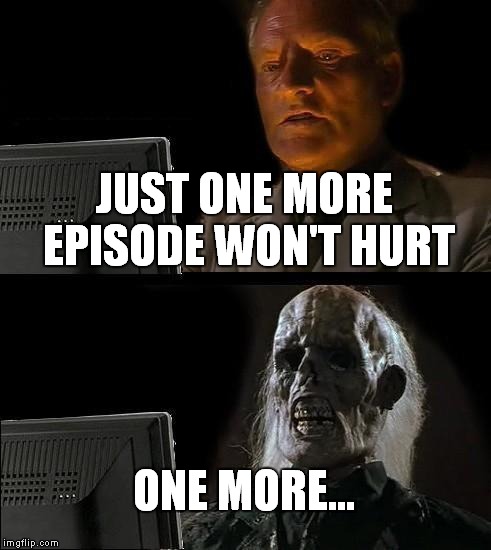
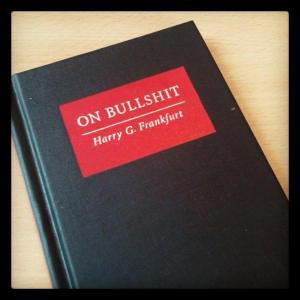 Several years ago, philosopher Harry Frankfurt released his brief essay
Several years ago, philosopher Harry Frankfurt released his brief essay 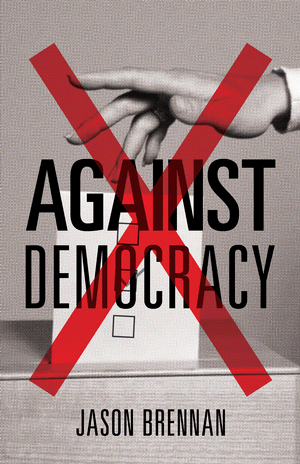 When I shared Jason Brennan’s newest book
When I shared Jason Brennan’s newest book  Some of the most interesting and infuriating things to witness on Facebook are the threads on Daniel Peterson’s wall. Peterson teaches Arabic and Islamic studies at
Some of the most interesting and infuriating things to witness on Facebook are the threads on Daniel Peterson’s wall. Peterson teaches Arabic and Islamic studies at